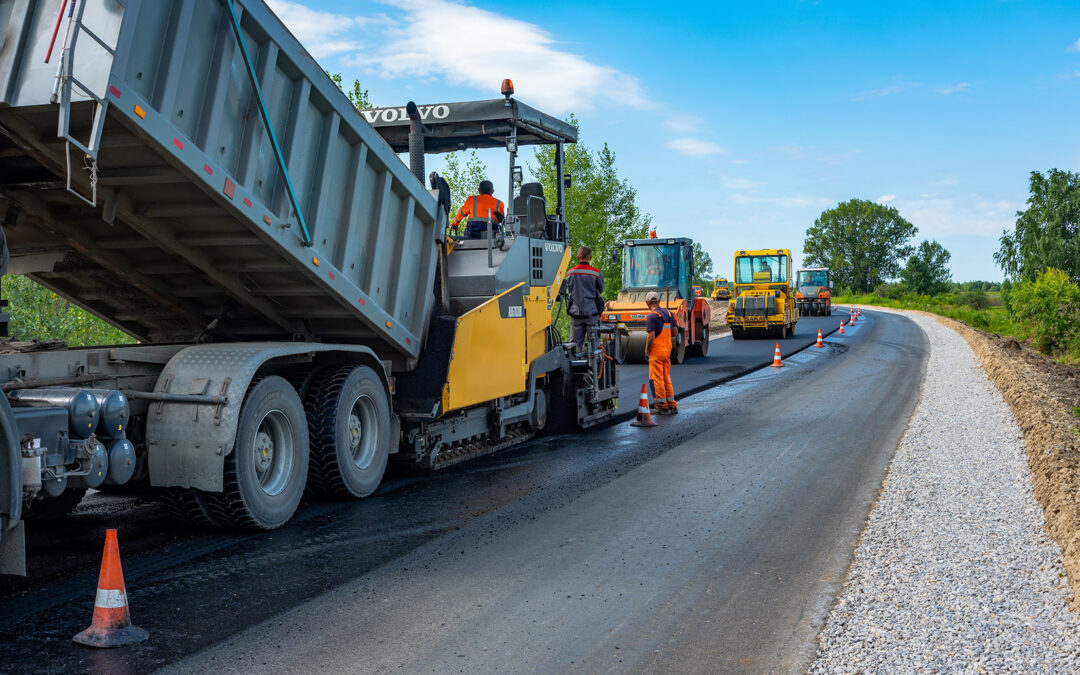 Perpetual Pavement The Perpetual Pavement concept was first articulated in 2000 and the concept has rapidly gained acceptance. The APA’s newest technical document on the subject is Perpetual Asphalt Pavements: A Synthesis. This comprehensive publication captures the...
Perpetual Pavement The Perpetual Pavement concept was first articulated in 2000 and the concept has rapidly gained acceptance. The APA’s newest technical document on the subject is Perpetual Asphalt Pavements: A Synthesis. This comprehensive publication captures the...


